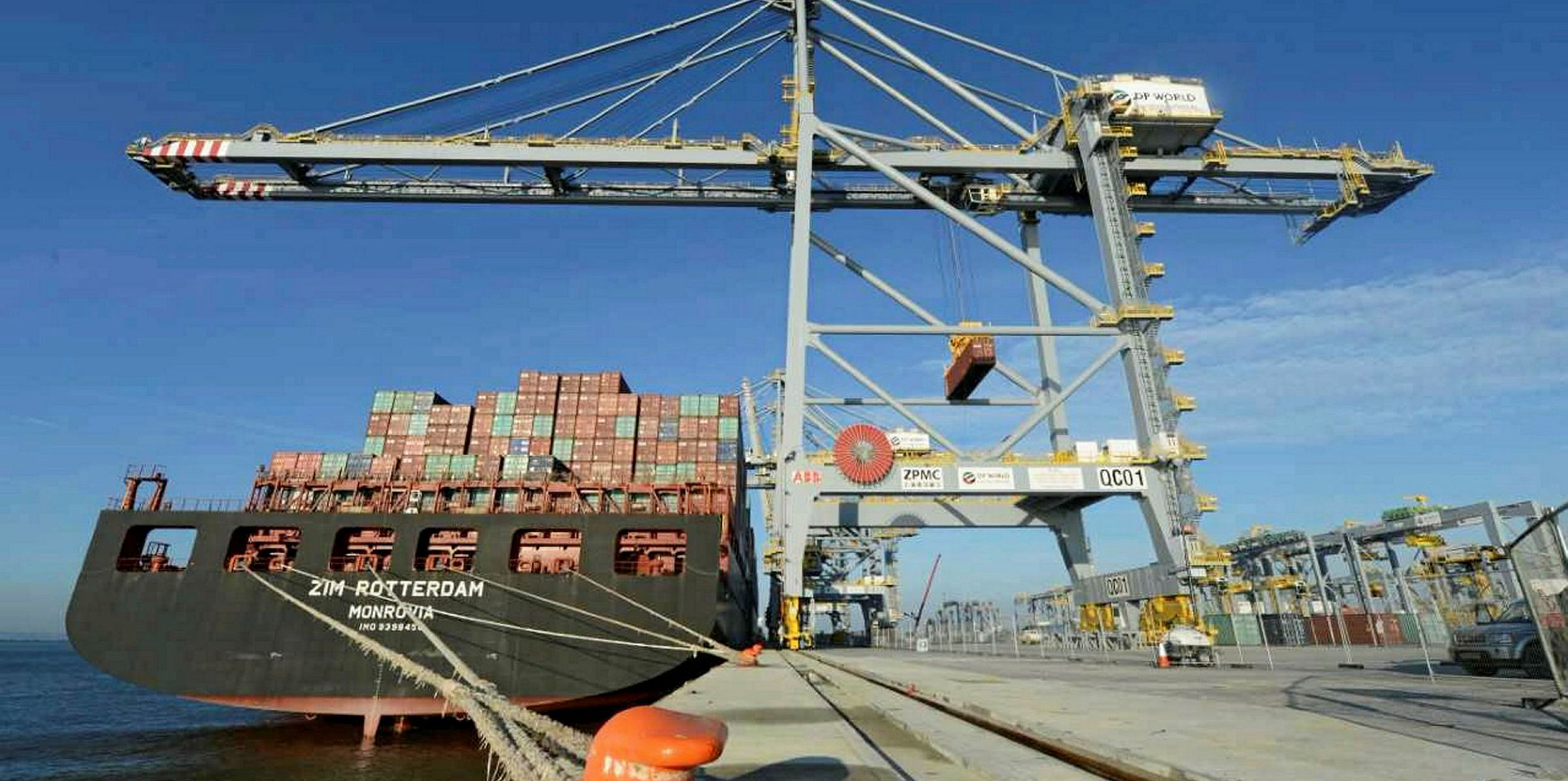The rebounding box trade between Asia and North America is getting closer to levels of 2019.
Over the first six months, volumes between Asia and North America were down by 8.5%, or around 300,300 teu.
Since then, however, volumes in July and August have proven strong, shipping trade group Bimco said.
Both months have recorded stronger volumes this year than the corresponding months in 2019, helping to pull the accumulated year-on-year reduction to 2.4%.
"With these strong volumes, the Far East to North America trade is outperforming the development in the rest of the world, with global container shipping demand down by 4.8% in the first eight months of the year," Bimco chief shipping analyst Peter Sand added.
He said robust demand for goods means that container shipping has been less affected than overall growth figures would suggest, as the industries suffering the most are less reliant on trade.
And the decline in imports in the first half of the year means inventories need restocking and importers may be looking to frontload stock ahead of more potential disruption to supply chains from a second wave of Covid-19 cases.
European slower to rise
Long-term rates to North Europe from Asia have seen a smaller and more gradual increase than those to the US.
They stand at $1,600 per feu, up $173 from 30 September.
The recovery in volumes has been weaker compared to the recovery seen on the Asia to North America trade. From Asia to Europe, accumulated volumes are down by 10.3% in the first eight months of the year, a loss of 1.2m teu compared to the same period in 2019.
Norwegian investment bank Fearnley Securities said that despite entering a seasonally softer rate environment, spot rates continue to "defy normality" and gained another 1% last week.
Rates on transpacific and Asia to Europe routes came under pressure, but overall, this was more than offset by a big catch-up from some of the smaller trades in South East Asia and Australasia, the company added.
Demand destruction coming?
Liner companies have proved "remarkably resilient" throughout the pandemic, Fearnley said.
"With rising coronavirus infections and fresh government restrictions we could see further demand destruction across commodity and shipping markets. In such a scenario we expect the liners to outperform again," the investment bank added.






